Slovak Culture & Living Traditions
Discover the rich tapestry of Slovak culture, from ancient folk traditions that continue to thrive in mountain villages to vibrant contemporary arts and festivals.
Folk Traditions & Heritage
Slovak folk culture represents centuries of tradition passed down through generations, with each region maintaining its unique customs and artistic expressions.
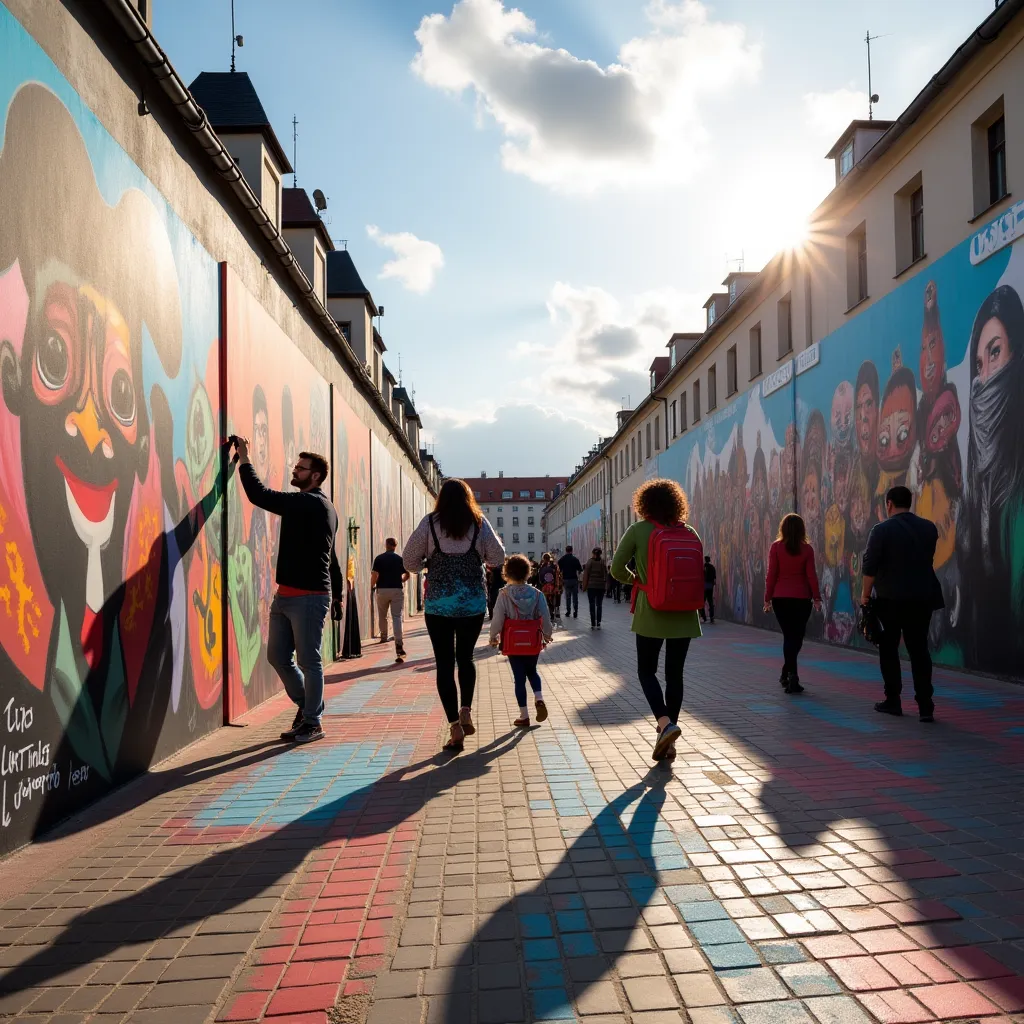
Regional Folk Costumes
Each Slovak region maintains distinct traditional costumes (kroje) characterized by unique colors, patterns, and decorative elements. These garments reflect local history, social status, and seasonal celebrations, with techniques like hand embroidery and lacework preserved by skilled artisans.
- Čičmany: Famous for white geometric patterns on dark fabric
- Detva: Rich embroidery with floral motifs
- Východná: Elaborate headdresses and colorful aprons
- Modra: Traditional blue pottery-inspired designs
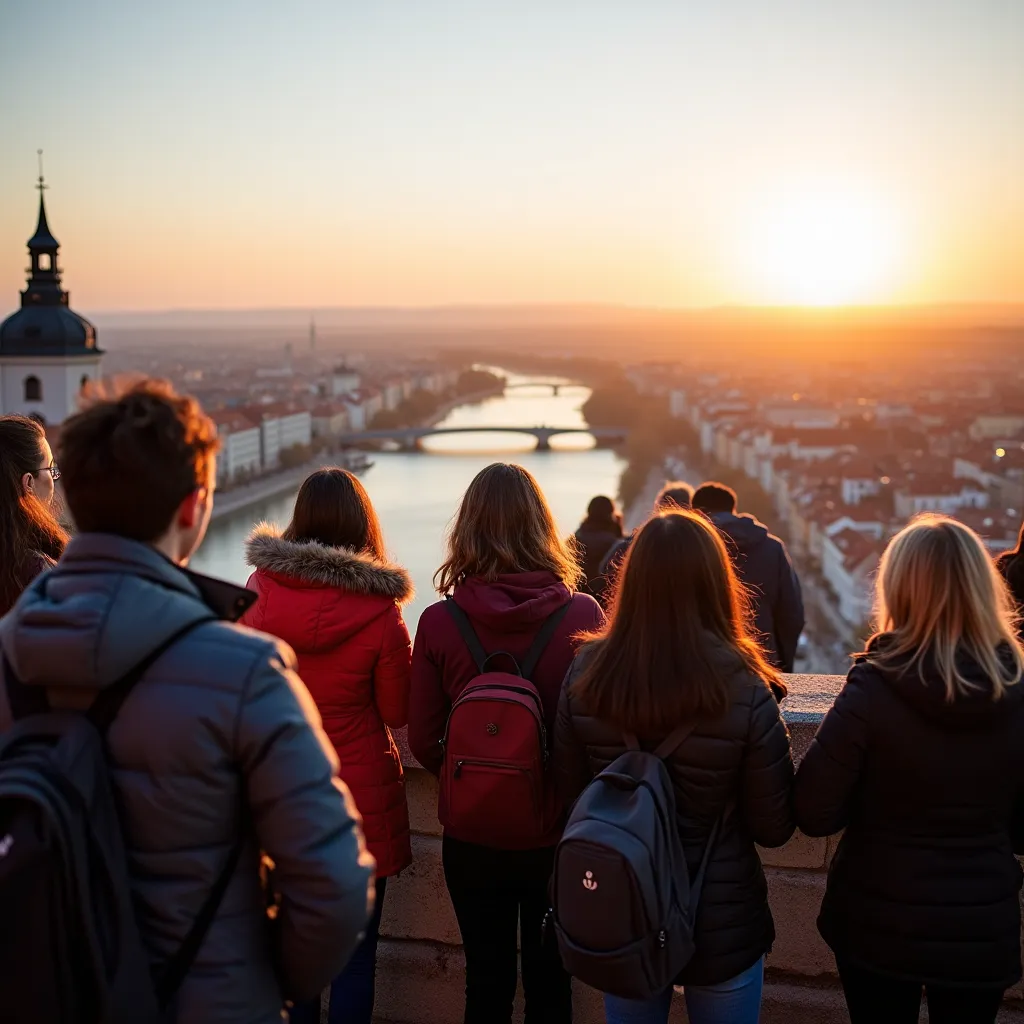
Traditional Music & Instruments
Slovak folk music features distinctive instruments and vocal traditions that reflect the country's pastoral heritage. The fujara, a large shepherd's flute, is recognized by UNESCO as a masterpiece of oral and intangible heritage.
- Fujara: 2-meter long shepherd's flute
- Cimbalom: Hammered dulcimer for dance music
- Gajdy: Traditional bagpipes
- Vocal traditions: Ballads, work songs, and wedding music
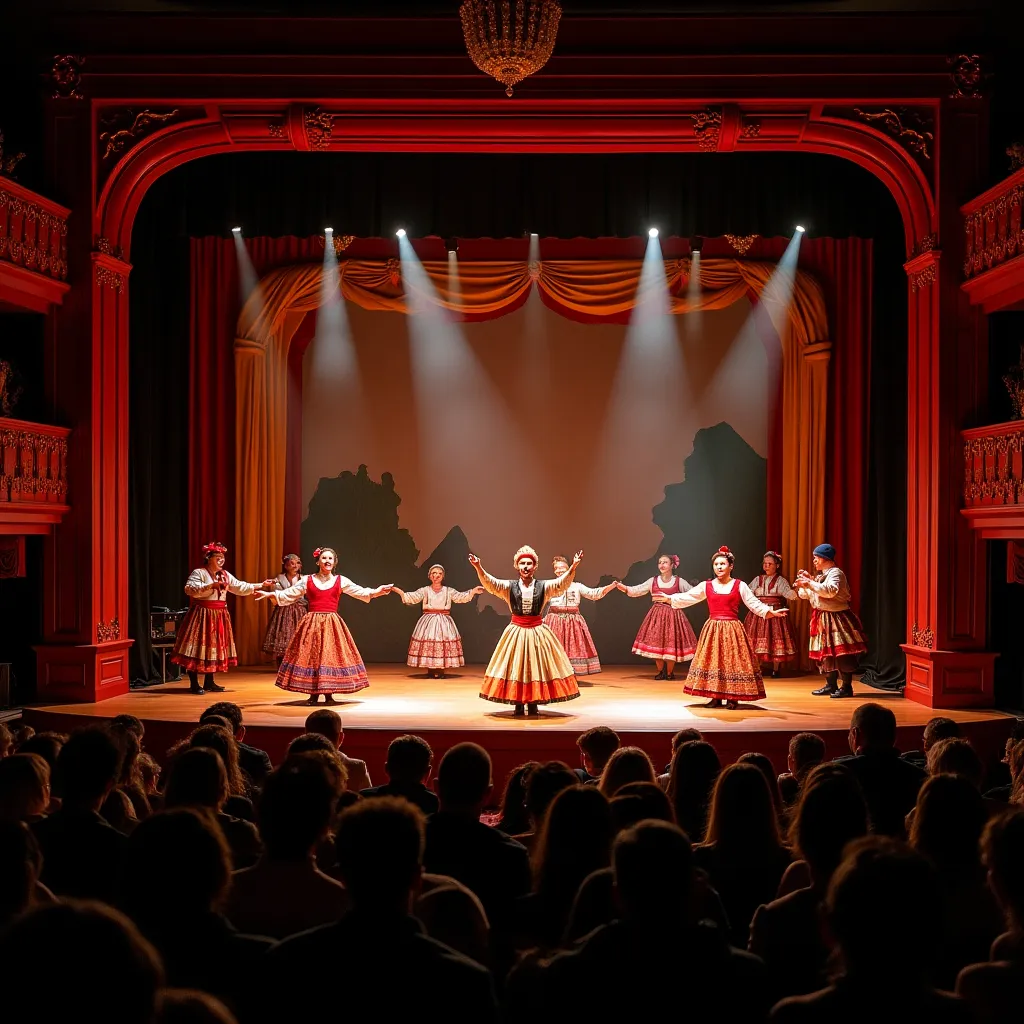
Folk Dance & Choreography
Slovak folk dances celebrate community life, seasonal cycles, and regional identity. These energetic performances feature complex footwork, group formations, and symbolic movements that tell stories of rural life and historical events.
Notable dance styles: Čardáš (couples dance), Verbuňk (recruiting dance), Odzemok (stomping dance), and Shepherd's dances from mountain regions.
Traditional Crafts & Artisanship

Modra Pottery & Ceramics
The town of Modra has been producing distinctive blue and white ceramics since the 17th century. Local artisans continue traditional majolica techniques, creating decorative plates, vessels, and tiles with characteristic cobalt blue glazes and folk motifs.
Visiting workshops: Several pottery studios offer demonstrations of traditional techniques, allowing visitors to observe master craftsmen at work and purchase authentic pieces.
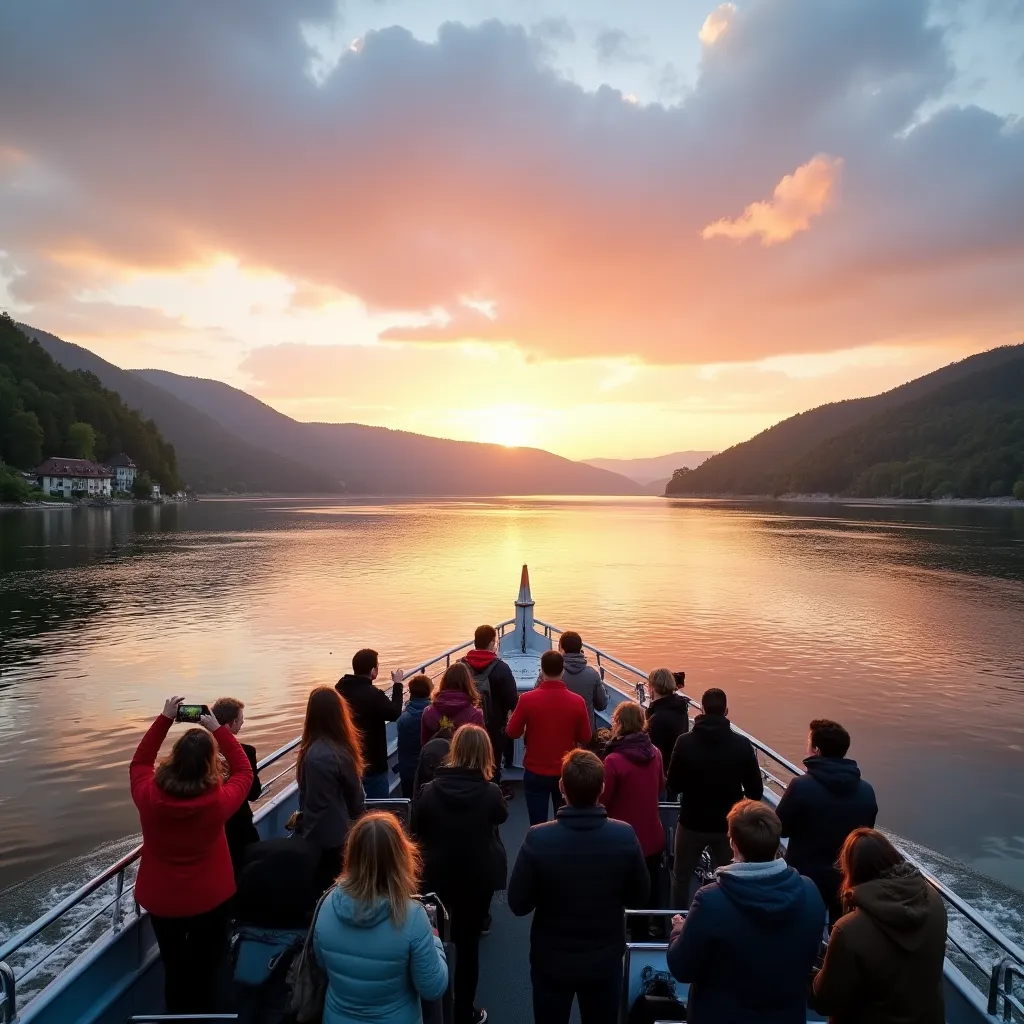
Woodcarving & Wooden Arts
Slovak woodcarving traditions encompass both functional household items and decorative art pieces. Mountain regions specialize in carved wooden crosses, religious sculptures, and traditional farming implements using time-honored techniques.
- Household utensils and tools
- Religious sculptures and roadside crosses
- Architectural elements for wooden buildings
- Decorative boxes and furniture
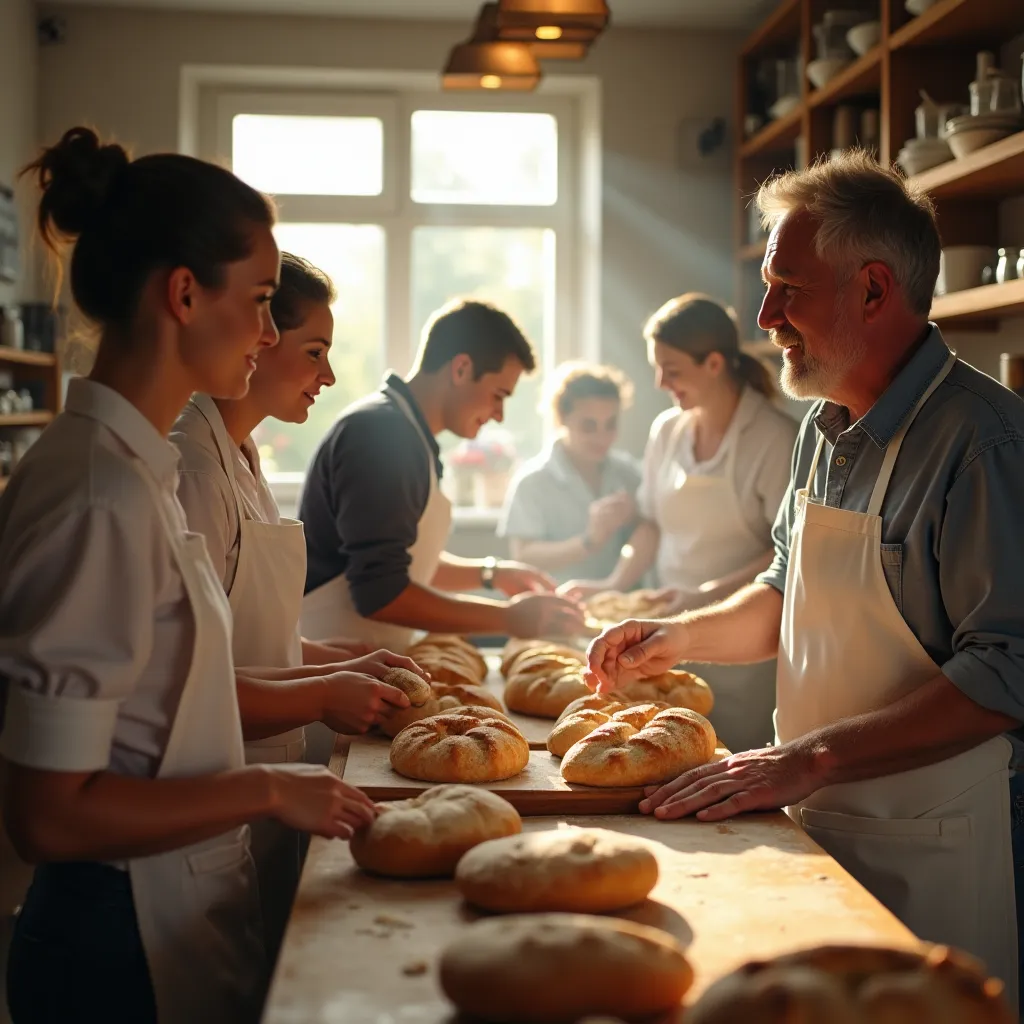
Lacemaking & Textile Arts
Traditional Slovak lacemaking preserves intricate techniques passed down through generations of women. Regional styles include bobbin lace, needle lace, and drawn thread work used for decorating household linens and ceremonial garments.
Learning opportunities: Cultural centers in various towns offer workshops where visitors can learn basic lacemaking techniques from experienced artisans.
Festivals & Cultural Celebrations
Slovak festivals celebrate seasonal cycles, religious traditions, and community heritage throughout the year, offering visitors authentic experiences of living culture.

Východná Folk Festival
Slovakia's largest folk festival takes place annually in early July, featuring hundreds of performers from across Central Europe. The three-day event showcases traditional music, dance, crafts, and regional cuisine in an authentic village setting.
Festival highlights: International folk ensemble competitions, traditional craft demonstrations, regional food specialties, and evening concert performances.
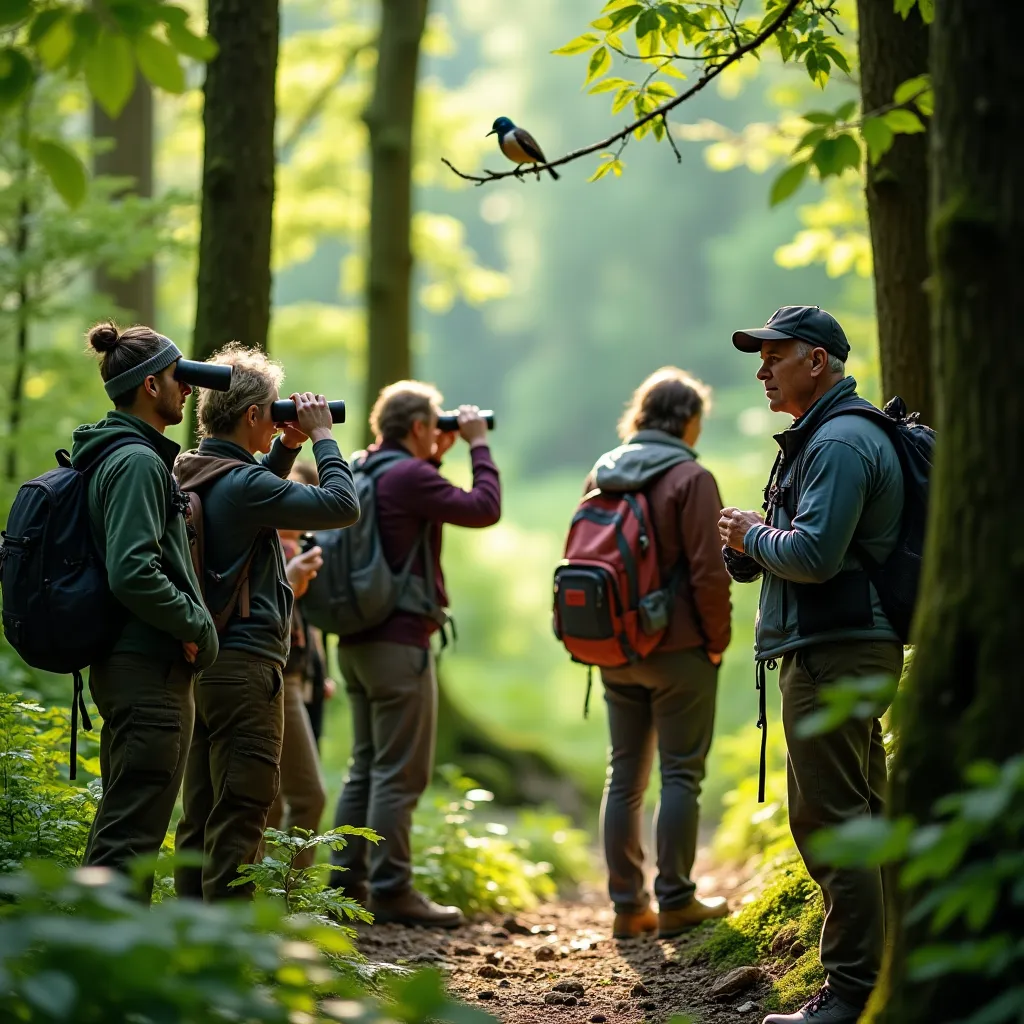
Christmas Markets & Winter Traditions
Slovak Christmas celebrations blend religious observance with folk customs. Traditional markets feature handmade crafts, regional delicacies, and seasonal decorations. Christmas Eve traditions include the Štedrovečerná večera (Christmas Eve dinner) and carol singing.
- Bratislava Christmas Market (late November-December)
- Traditional wooden toy vendors
- Mulled wine and regional pastries
- Folk carol performances
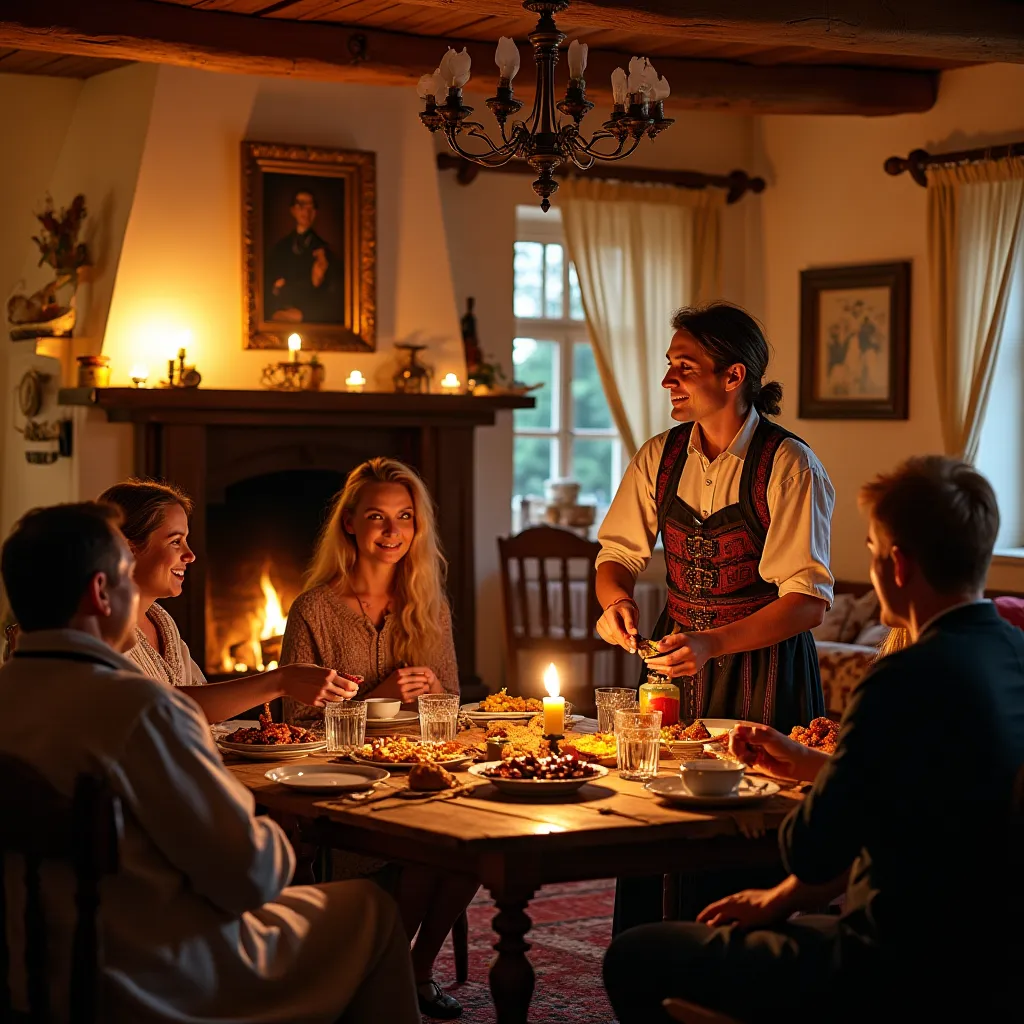
Easter Traditions & Spring Festivals
Slovak Easter customs include elaborately decorated eggs (kraslice), traditional water dousing ceremonies, and spring cleaning rituals. Each region maintains specific traditions related to the Easter season and the arrival of spring.
Traditional elements: Hand-painted eggs with intricate patterns, palm branch blessings, traditional Easter foods, and folk customs celebrating renewal and fertility.
Culinary Traditions & Regional Cuisine
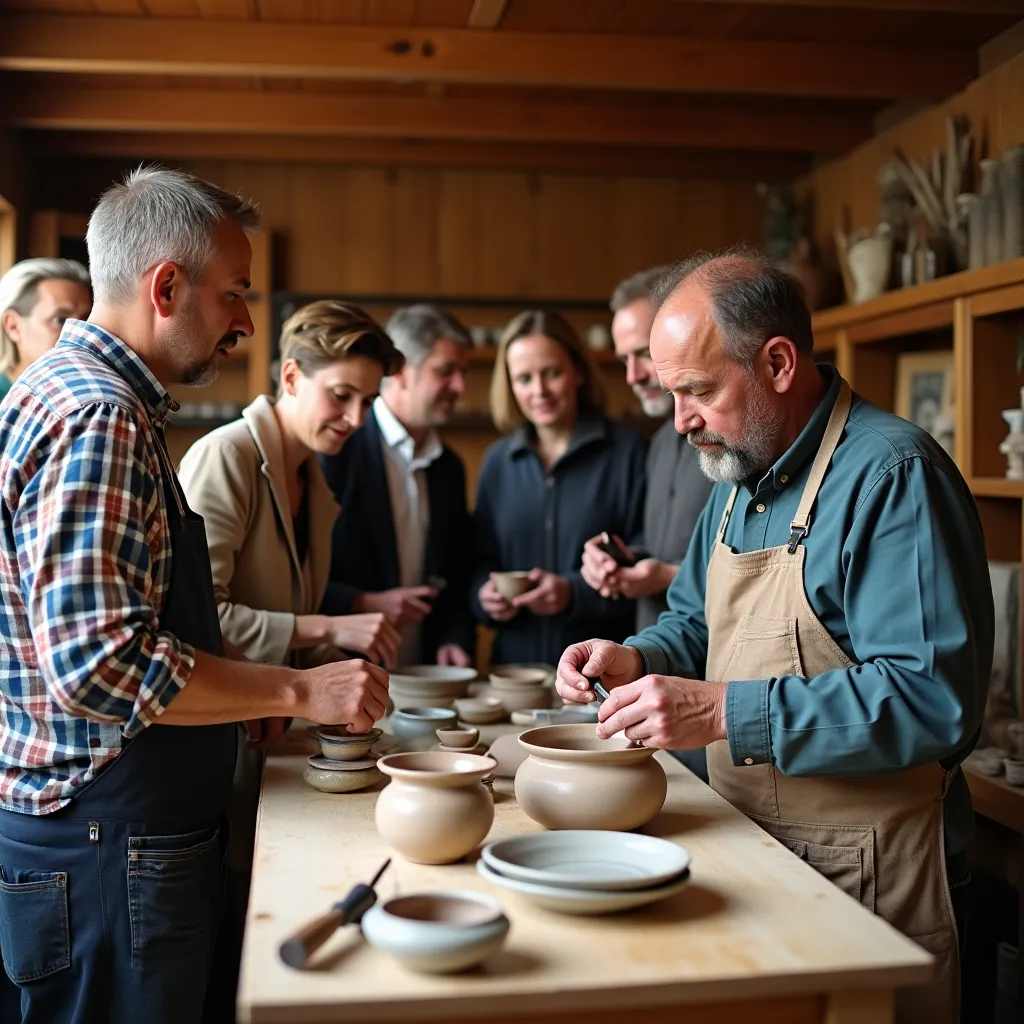
Traditional Slovak Dishes
Slovak cuisine reflects the country's agricultural heritage and geographic influences from neighboring countries. Traditional dishes emphasize hearty ingredients like potatoes, cabbage, meat, and dairy products from highland sheep farming.
- Bryndzové halušky: Potato dumplings with sheep cheese and bacon
- Kapustnica: Traditional sauerkraut soup with sausage
- Schnitzel varieties: Influenced by Austrian cuisine
- Šúľance: Sweet potato noodles with poppy seeds
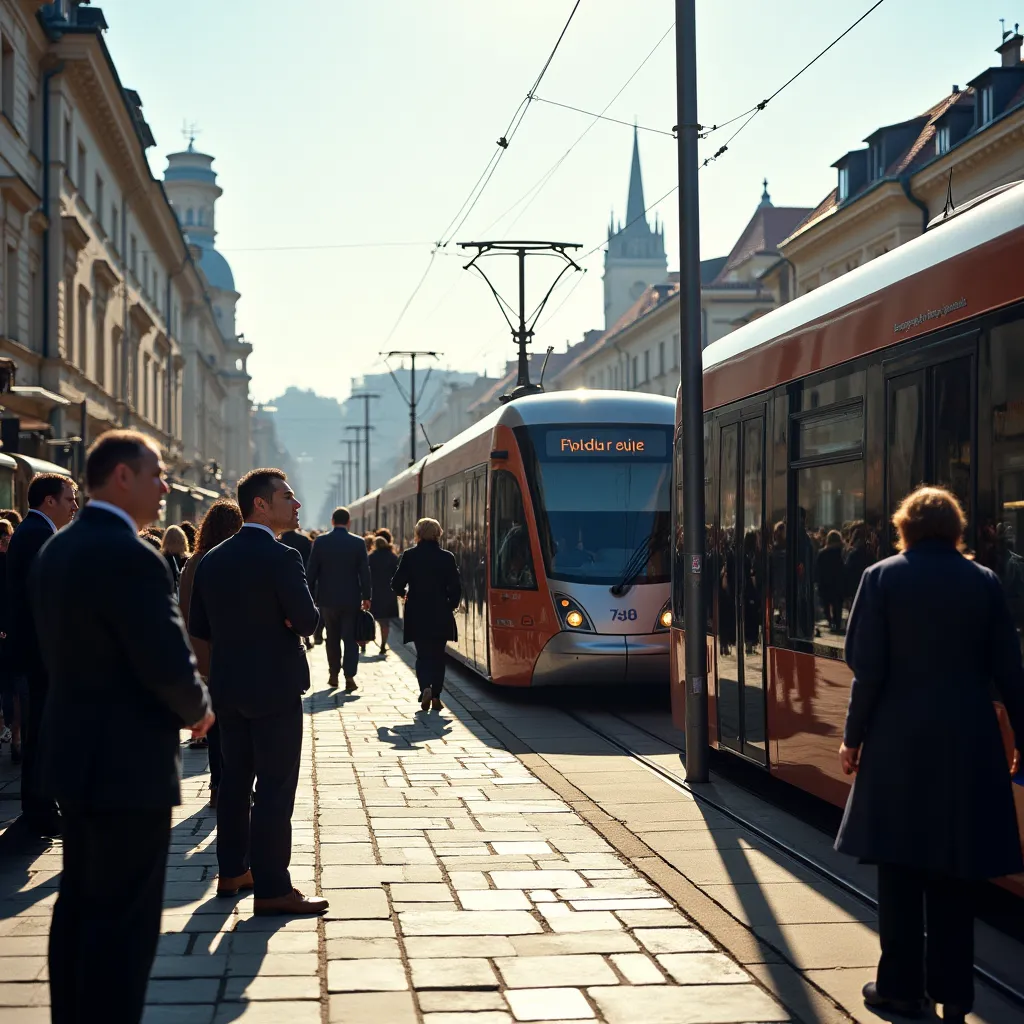
Wine Culture & Traditions
Slovakia's wine regions, particularly in the south and east, maintain centuries-old winemaking traditions. Traditional wine cellars, harvest festivals, and wine-tasting customs form an important part of regional culture, especially in the Tokaj and Small Carpathian wine regions.
Wine traditions: Harvest festivals (vinobranie), traditional wine cellars, regional grape varieties, and ceremonial wine-tasting customs.
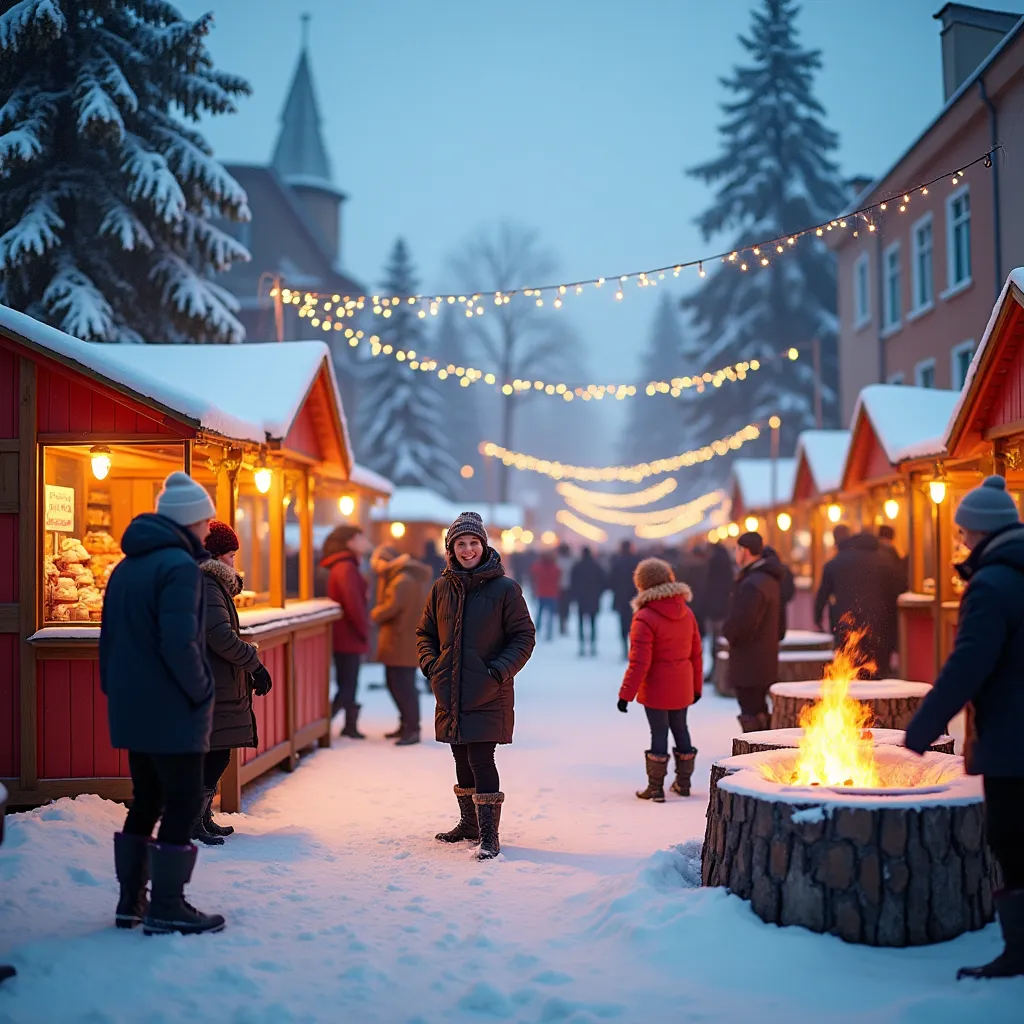
Baking & Pastry Traditions
Slovak baking traditions feature both everyday breads and special occasion pastries. Traditional techniques for making sourdough bread, holiday cookies, and ceremonial cakes continue in village bakeries and family kitchens.
Specialty items: Trdelník (chimney cake), medovníky (honey cookies), koláče (traditional pastries), and regional variations of strudel and sweet breads.
Language, Literature & Oral Traditions
The Slovak language and its rich literary tradition form the foundation of national cultural identity, preserving centuries of folklore, legends, and historical narratives.
Slovak Language Heritage
Slovak belongs to the West Slavic language family and serves as the official language of Slovakia. The language preserves unique grammatical features and vocabulary that distinguish it from related Slavic languages.
Useful Slovak Phrases for Visitors:
- Dobrý deň - Good day (formal greeting)
- Ďakujem - Thank you
- Prepáčte - Excuse me/Sorry
- Hovoríte po anglicky? - Do you speak English?
- Kde je...? - Where is...?
- Koľko to stojí? - How much does it cost?
Folk Tales & Legends
Slovak oral tradition preserves numerous folk tales, legends, and historical ballads that explain natural phenomena, moral lessons, and regional history. These stories often feature mythical creatures, brave heroes, and moral teachings.
Notable Folk Characters:
- Jánošík: Legendary Slovak outlaw and folk hero
- Vila: Forest spirits associated with mountain regions
- Víry: Mythical water spirits in traditional tales
- Regional legends: Castle ghosts and historical figures
Contemporary Cultural Scene
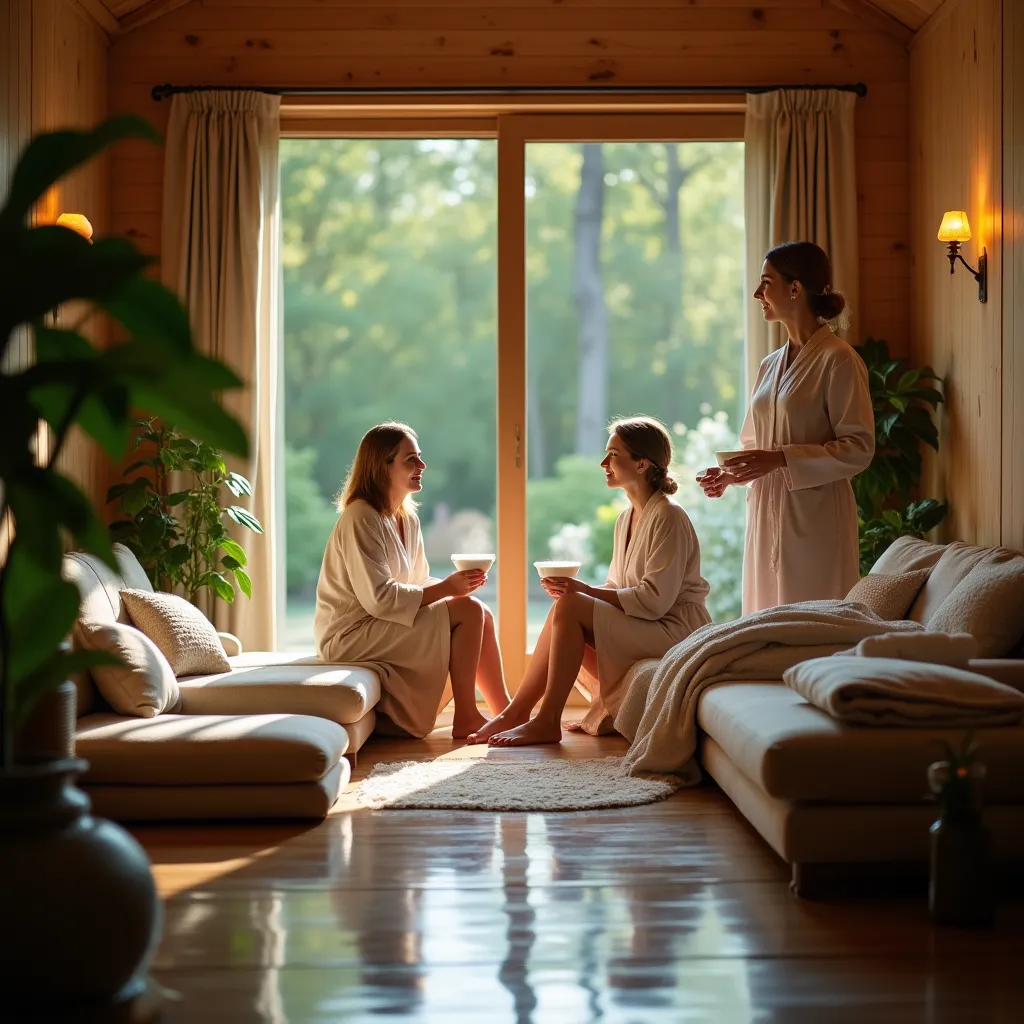
Modern Arts & Cultural Institutions
Slovakia's contemporary cultural scene balances respect for traditional heritage with innovative artistic expression. Major cities host galleries, theaters, and cultural centers that showcase both emerging and established Slovak artists.
- Slovak National Theatre (opera, ballet, drama)
- Bratislava Music Festival
- Contemporary art galleries in major cities
- Independent cultural spaces and artist cooperatives
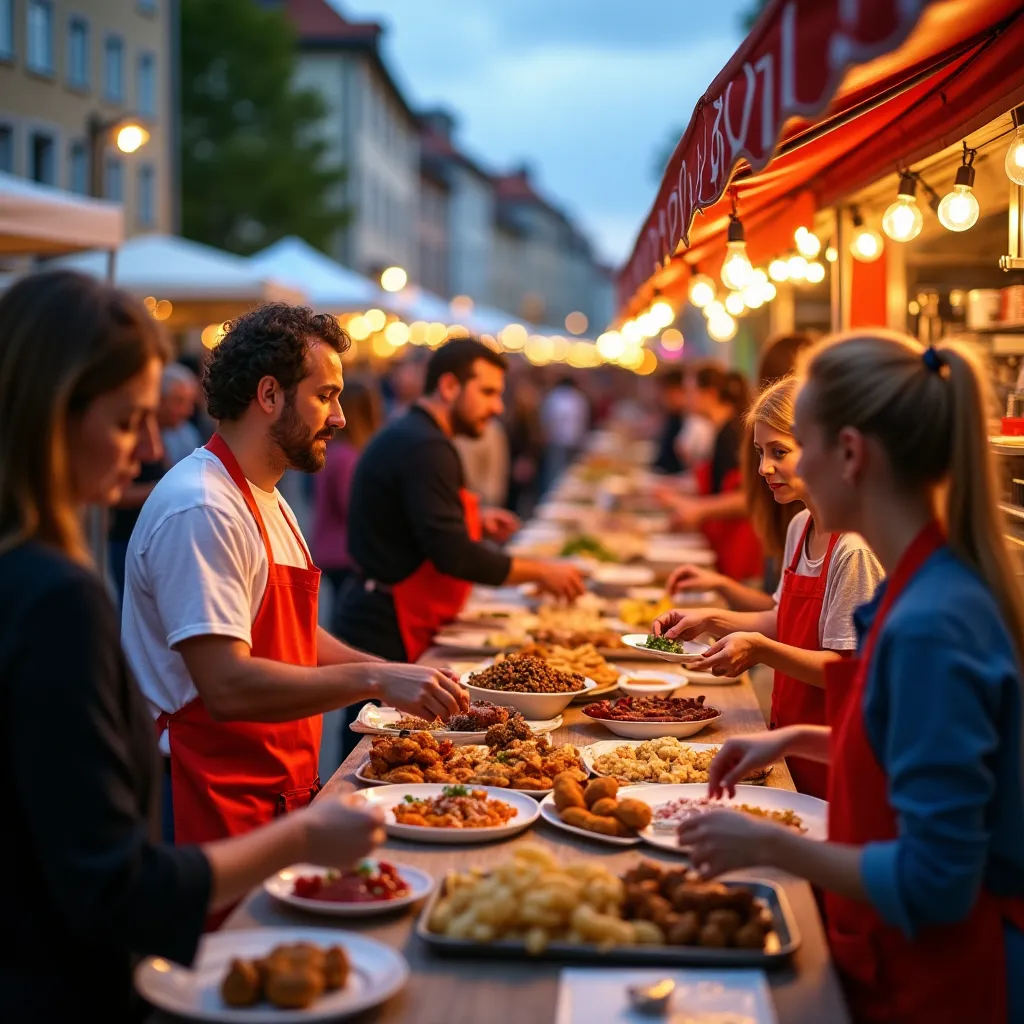
Film & Media Culture
Slovak cinema has gained international recognition through distinctive storytelling that often explores themes of history, identity, and social change. Film festivals and cultural events promote both Slovak productions and international cinema.
Cultural events: Bratislava International Film Festival, Art Film Festival in Košice, and various regional cultural celebrations featuring contemporary media arts.
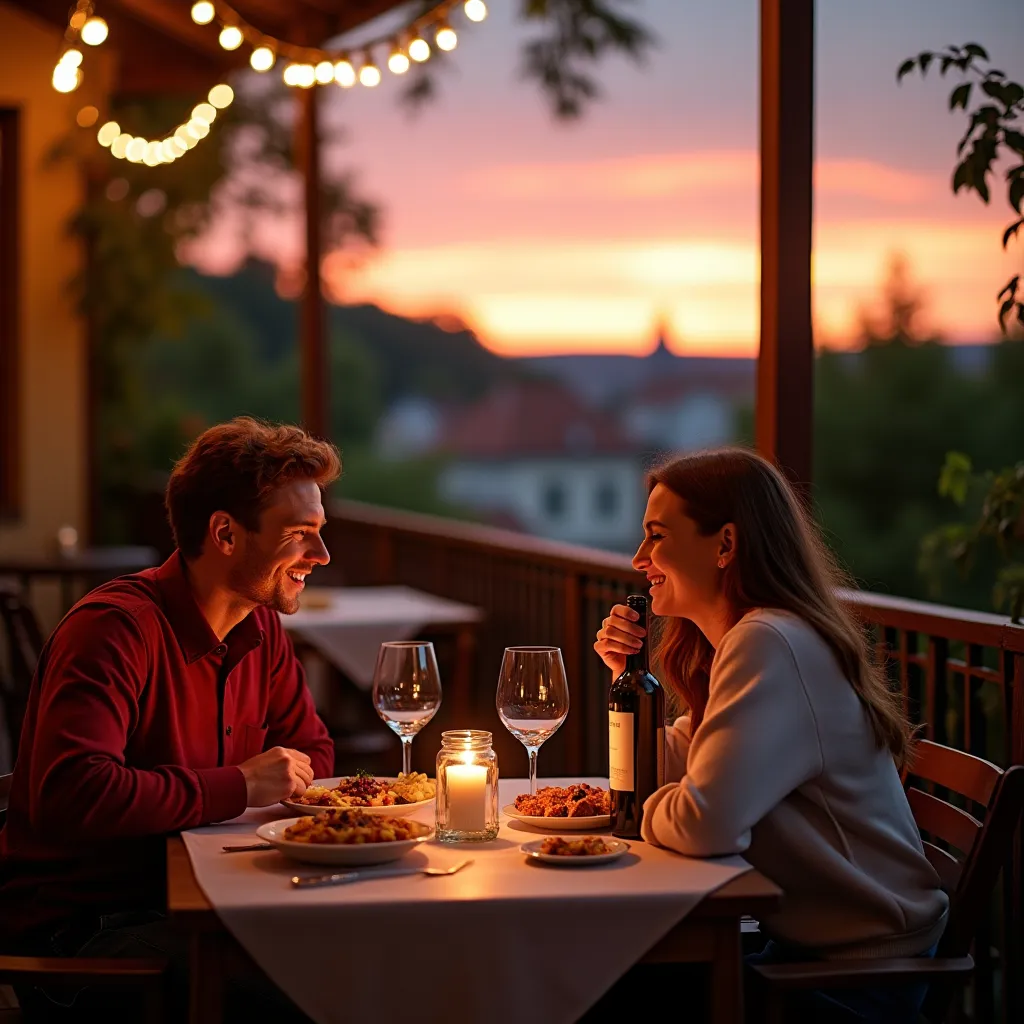
Contemporary Music Scene
Slovakia's modern music landscape encompasses classical excellence, vibrant folk revival movements, and contemporary genres. Traditional music influences continue to inspire modern compositions and crossover projects.
Musical diversity: Classical orchestras, folk music revival groups, jazz ensembles, and contemporary popular music that often incorporates traditional Slovak elements.
Cultural Etiquette & Social Customs
Understanding Slovak social customs and etiquette helps visitors interact respectfully with local communities and appreciate cultural nuances.
Social Interactions
- Firm handshakes are standard for greetings
- Maintain eye contact during conversations
- Use formal titles and surnames until invited to use first names
- Respect personal space and avoid overly casual behavior initially
Dining Customs
- Wait for the host to begin eating
- Keep hands visible on the table during meals
- Finish everything on your plate as a sign of appreciation
- Toasting is common - maintain eye contact when clinking glasses
Religious & Cultural Sites
- Dress modestly when visiting churches and religious sites
- Remove hats inside religious buildings
- Photography may be restricted - always ask permission
- Maintain quiet, respectful behavior in sacred spaces
Gift-Giving Traditions
- Bring small gifts when invited to Slovak homes
- Flowers (odd numbers) are appropriate for women
- Quality items from your home country are appreciated
- Unwrap gifts immediately when received